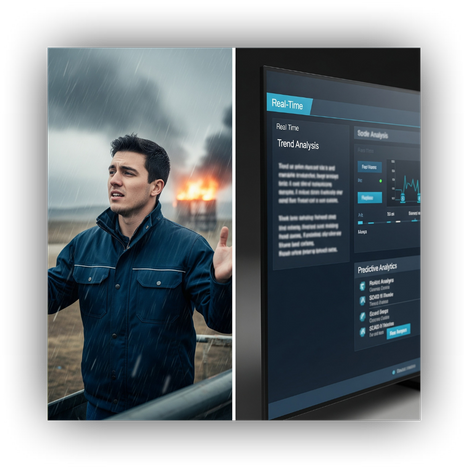Getting a real-time, accurate view of field performance is still a major challenge for many oil and gas producers. Without that visibility, you're often stuck reacting to problems after they’ve already caused downtime, compliance headaches, or production delays. Every manual site visit and every unplanned failure carries real financial weight.
At G&C Optimization, we configure SCADA systems to serve as a foundation for decision-making. When configured correctly, SCADA programming gives you visibility, control, and a reliable data trail.




